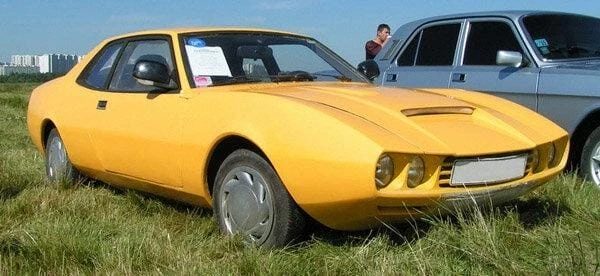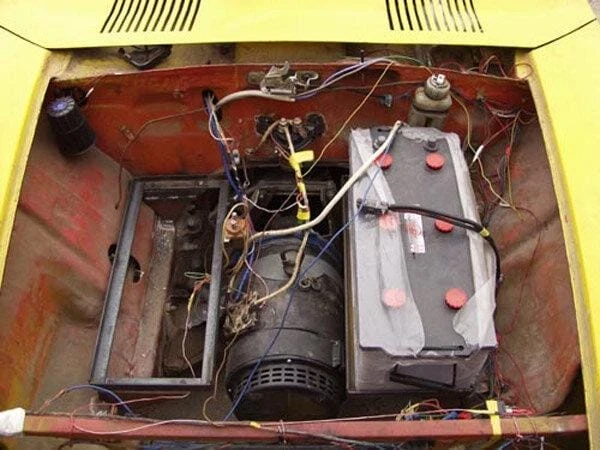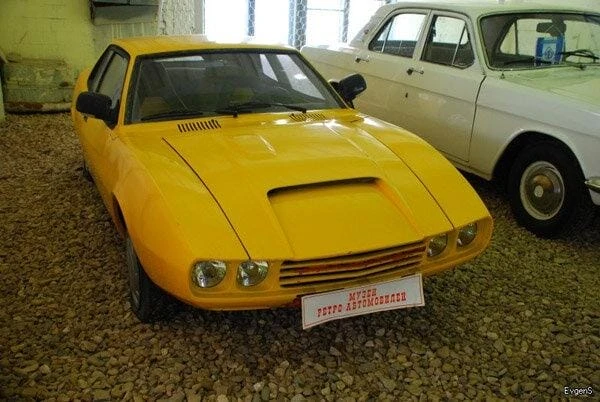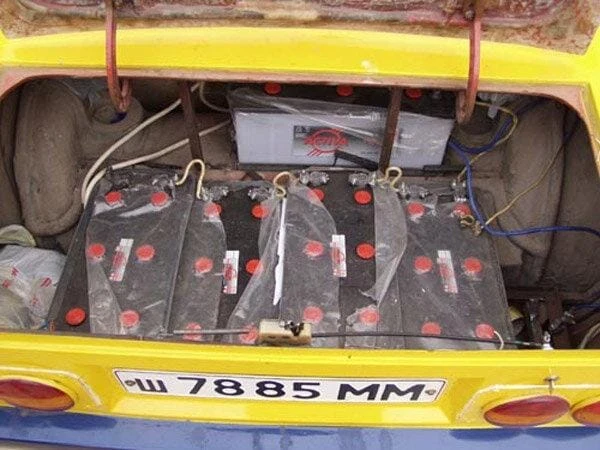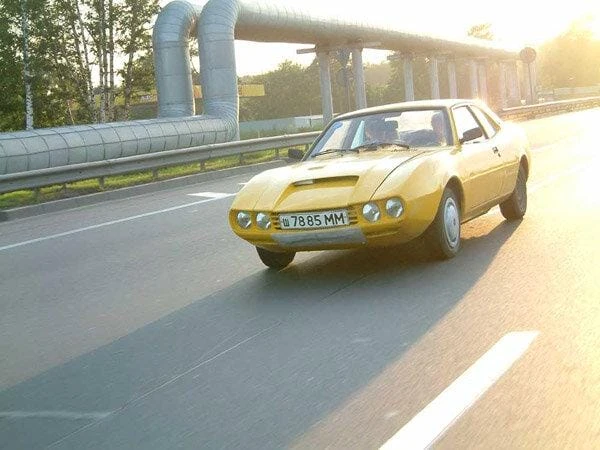The man himself assembled an electric car cheaply and beautifully
At present, when more and more attention is paid to environmental protection, the demand for electric cars is only increasing. Global auto companies are actively filling their range with electric cars. But we also have developments in this direction. Moreover, they are rooted in the USSR. Then Soviet motorists often designed vehicles with their own hands. Moreover, they united their efforts and shared knowledge and experience among themselves.
In this article I will talk about electric vehicles that were assembled in a garage. Its name is “Proton”.
Body and interior
To create body elements, many enthusiasts used fiberglass, because. it is lightweight and strong. And thanks to collapsible matrices, it was possible to assemble bodies in small batches. “Proton” was produced according to matrices created by a team of like-minded people, presumably in the early 80s. The same matrices were used to assemble such legends as “Mercury” and “Sport-1500”.
Initially, the car was planned to be equipped with a gasoline engine. But in 2002 everything changed. A resident of the capital Vladislav Kravchuk at that time was looking for a basis for his electric car. And one friend offered him to buy a homemade body for $1,000.
As a result, only the wheel arches and the bottom remained of the iron parts. The body of the “Proton” was a spatial power skeleton made of metal with fiberglass panels. The bottom is protected from rust. Due to the use of fiberglass, the vehicle lost weight by 200 kg.
2-door passenger car can accommodate a driver and 3 adult passengers. There is no heater in the cabin. The front seats are taken from a Porsche 924, the rear seats are from a Toyota Supra. The seats are used, so the author of the project altered them. As a result, $400 was spent on updating the interior.
Engine and transmission
An electric motor from a Bulgarian loader was bought for $200. Electric motor power – 3.6 kW, torque – 24 Nm. The electric motor operates from a voltage of 80 V. A 4-speed mechanics from the VAZ-2101 is installed in the electric car. Without it, the power of the power plant is not enough to start. The motor connects to the gearbox without a clutch using a special flange that was purchased for $70.
According to the Proton owner, the electric motor does not cause him any problems. When working, it almost does not make loud sounds. As practice has shown, the box from the “classics” makes noise more often. Compared to a gas engine, its electric counterpart is not as demanding in terms of maintenance and is much more tolerant of nature.
Charging and Batteries
The controller was assembled on field-effect transistors exclusively for this model of electric car. The charger replenishes 10% capacity per hour. To fully charge the car, it is enough to connect it to the mains for the night.
Since electric transport belongs to the budget segment, 200 Ah starter acid batteries are used. At the time of purchase, 1 battery cost 4 thousand conventional units. The battery has 800 charge cycles.
The passenger car is equipped with 7 batteries of 12 V. Therefore, the maximum voltage of the power source is at the level of 84 V. 5 batteries are located in the luggage compartment and 2 in the engine compartment.
Speed and mileage
The electric car is quite dynamic. It accelerates to 90 km/h. Electric transport weighs about 850 kg. The maximum distance that can be covered without recharging is approximately 150 km. In winter, the battery capacity decreases.
The car owner noted that an electric car, even taking into account the wear and tear of the battery, is 5 times cheaper in terms of operation than a car with a gasoline engine. The total cost of the project is approximately $3,000. Now Proton is a museum exhibit.

